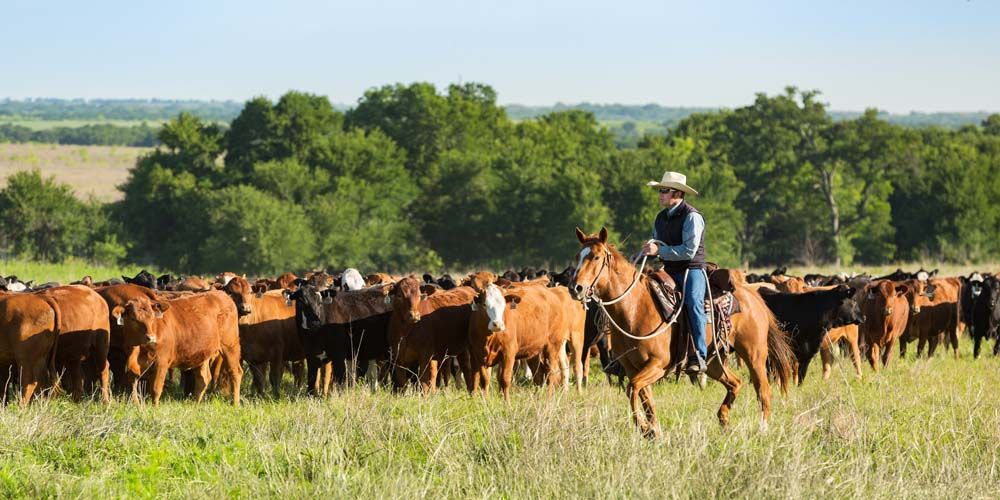The Apple of Our Eye
Harvest Recipes, Tips & Heirloom Picks


It happens every year, there’s still something magical about the shift into fall. The air turns crisp, boots and sweaters come out of storage and apple trees bend heavy with fruit. For those who live close to the land, apple season isn’t just a change in the weather. It’s a celebration of self-sufficiency, stewardship and sweet rewards.
Whether you're tending a backyard orchard, trying to decide the best use for windfall apples or considering which trees to plant next spring, fall is the perfect time to dig into the abundance of apples. From juicy heirlooms to tart baking varieties, there’s an apple for every purpose and a recipe for every palate.
So, pour yourself a mug of cider and explore orchard care, cider-making tips and the best apples for pies, sauces and snacks.
Heirlooms Worth the Hype
Heirloom apples are more than just rustic eye candy at the farmers’ market. These older, non-commercial varieties have deep roots — literally and historically. They’ve often been passed down through generations and selected for flavor, hardiness and their adaptability to local conditions.
Some heirloom varieties still grow wild on old homesteads or at the edges of fields, but more orchards and homesteaders are now cultivating them again, thanks to a renewed interest in food heritage and orchard diversity. Here are a few standouts worth seeking:
- Ashmead’s Kernel: Tart, spicy and aromatic with a dense flesh. This apple isn’t the prettiest to look at, but it’s great for fresh eating or blending in cider.
- Esopus Spitzenburg: A favorite of Thomas Jefferson, this variety offers complex flavor and is excellent for pies and tarts.
- Gravenstein: Crisp and juicy, perfect for applesauce or cider, though its thin skin makes it a bit of a bruiser in storage.
- Blue Pearmain: This all-American variety earned a mention in Henry David Thoreau’s essay “Wild Apples.” It has soft skin, is incredibly sweet and can last for months in cool storage.
- Northern Spy: A cold-hardy all-star, ideal for baking with its firm flesh and balanced flavor.
- Arkansas Black: As dark as its name suggests, with a dense texture and deep, wine-like flavor — great for long storage and cider-making.
Planting heirloom trees adds beauty and biodiversity to your acreage, and it can give you a taste of the past that’s hard to find in supermarkets.
Autumn Orchard Care
If you already have apple trees on your property, fall is your chance to prepare them for the coming seasons. While spring gets most of the attention for pruning and planting, fall is about protecting and preserving.
- Clean Up Windfalls: Rotting apples can harbor pests and disease. Rake up fallen fruit promptly and compost it far from your trees (or offer it to pigs or chickens, who will gladly help with cleanup).
- Mulch Around the Base: A 2- to 4-inch layer of mulch, like wood chips or shredded leaves, can help regulate soil temperature and moisture while discouraging weed growth. Just keep mulch a few inches away from the trunk to prevent rot.
- Water Wisely: If your area’s been dry, give your trees a deep drink before the ground freezes. This helps prevent winter stress, especially for younger trees.
- Inspect for Pests and Damage: Check for signs of apple borer or other pests and look over limbs for damage from heavy fruit loads. Note which trees produced well and which might need extra support or pruning come spring.
Cider-Making 101
One of the greatest joys of apple season is turning excess fruit into liquid gold. Whether you prefer sweet cider for sipping by the fire or hard cider for a grown-up treat, the process starts the same: crush, press and strain.
If you don’t yet own an apple press, don’t worry — many homesteaders cobble together do-it-yourself presses with clean buckets, cheesecloth and a strong arm (or a car jack). Others team up with neighbors to rent or share equipment.
When it comes to apple selection, a blend is best. Mix tart, sweet and aromatic varieties to get a balanced, complex flavor.
For sweet cider, pasteurize by heating the juice to 160 degrees Fahrenheit for one minute, then cool and refrigerate. For hard cider, wild fermentation can happen, but most cider makers add a yeast strain, like champagne or cider yeast. Let it ferment in a sanitized carboy (a large container, typically made of glass or plastic used in the fermentation process) with an air lock for a few weeks, then rack and bottle.
Apple Math: What to Use and When
Not all apples are created equal, especially when it comes to how they perform in the kitchen. Here’s a cheat sheet for choosing the right apples for your favorite fall dishes:

Want to experiment with your own blend? Pick a few apples off each tree, slice, sniff and sample. Let your taste buds be your guide.
Plan Now for Next Fall
Living on an acreage means thinking in seasons — and apple season is no different. As you enjoy your current harvest, take notes on what worked well and what didn’t. Did one tree overproduce while another underwhelmed? Were the apples mealy, scabby or slow to ripen?
Use that info to plan your pruning, grafting or new plantings. Adding just one or two carefully chosen trees each year can steadily grow your home orchard into a thriving and delicious asset. Consider bloom times and cross-pollination needs of your varieties, too — many apples need a nearby buddy to produce fruit.
Whether you’re simmering cider, planting heirlooms or baking your fifth apple pie of the week, fall is better with fresh apples. Embrace the abundance and savor every sweet, tart and juicy moment of apple season.
Tags:Acreage Accents

Acreage Life is part of the Catalyst Communications Network publication family.













